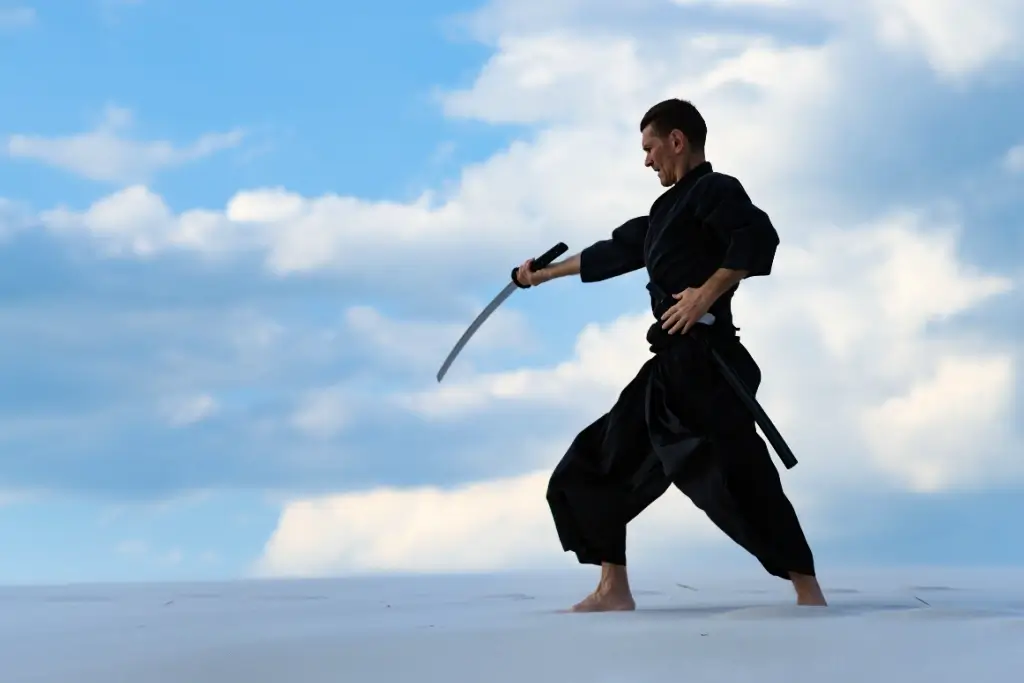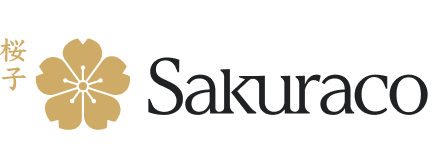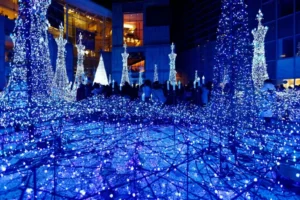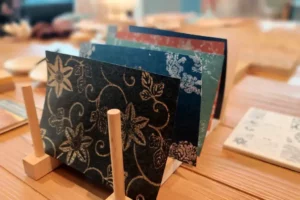Iaido is one of Japan’s most unique and respected martial arts. Its focus on precision and accurately executed moves has inspired many schools and practitioners within and outside Japan. But compared to its counterpart kendo, it’s not as popular with general sports enthusiasts. Join us for this introduction to this incredible yet underrated martial art.
Table of Contents
ToggleWhat is iaido?
Sometimes shortened to iai, the word translates to “the way of mental presence and immediate reaction.” The suffix dō (“way”) emphasizes the spiritual and character-based aspects of training, compared to the offensive or combat-based connotations of jutsu (“art” or “technique”) in iaijutsu.

While it’s one of several martial arts centered around swords, iaido focuses on the art of unsheathing and resheathing them. Practitioners, or iaidoka, build awareness, accuracy, and control when responding to opponents’ attacks. Unlike kendo (the way of the sword), it is primarily a noncombat-based solo art. However, students are encouraged to improve their skills by practicing specific movements from kendo.
Where did it come from?
Iaido is attributed to Hayashizaki Jinsuke Shigenobu, who lived during the Muromachi period (1336-1573). According to legend, he received his techniques through a dream sent by the Hayashizaki Daimyōjin Shrine’s deity. After using them to kill the man who’d murdered his father, Hayashizaki traveled throughout Japan, passing on his teachings to other swordsmen.
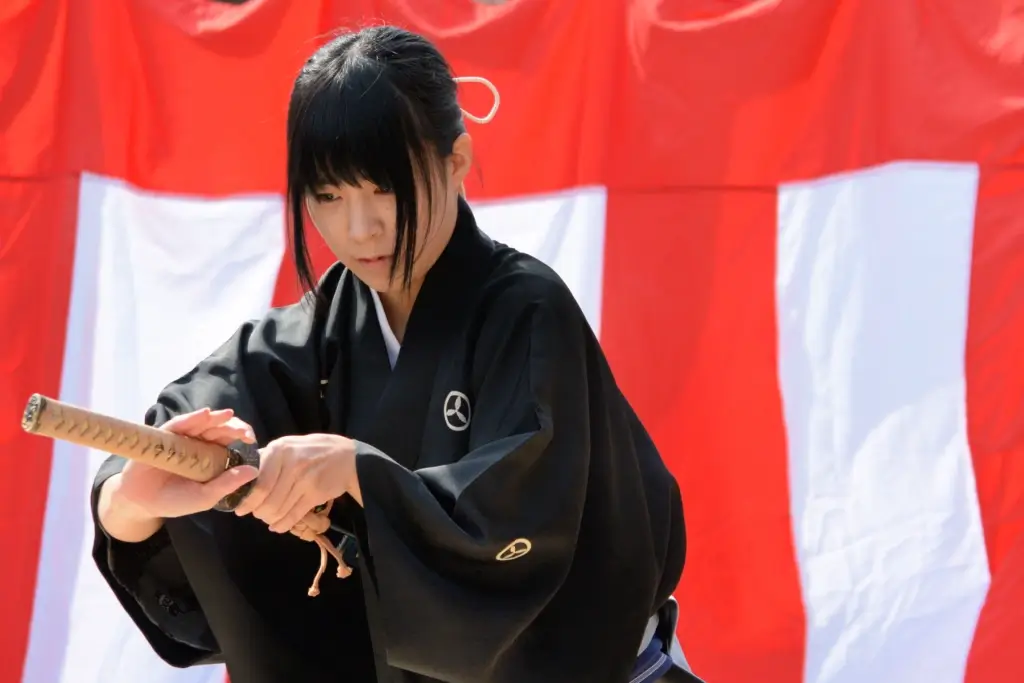
Iaido received formal recognition and approval from the Dai Nippon Butoku Kai in 1932. There are currently 12 main schools, including the Musō Jikiden Eishin-ryū and the Musō Shinden-ryū. The All Japan Iaido Federation and the International Kendo Federation oversee the ranking system, which goes up to the 10th dan (the highest currently ranked masters have achieved the 9th dan).
Are you looking for excellent snacks this summer? Check out Sakuraco! Sakuraco delivers traditional Japanese snacks, teas, and sweets from local Japanese makers directly to your door so you can enjoy the latest treats directly from Japan!
What are the main techniques?
Iaido is divided into waza (individual skills), kata (sets), and ko-ryū (pre-Meiji styles). We’ll go over some of the main techniques here.
Nukitsuke
The first and most crucial move, unsheathing, requires the practitioner to be vigilant, fast, and precise. If performed correctly, it will neutralize or forestall any attack.
Ukenagashi
This set of movements is meant to counter and neutralize an opponent’s blows. Posture plays a key role, from the layout of the feet to the angle of the head and shoulders.
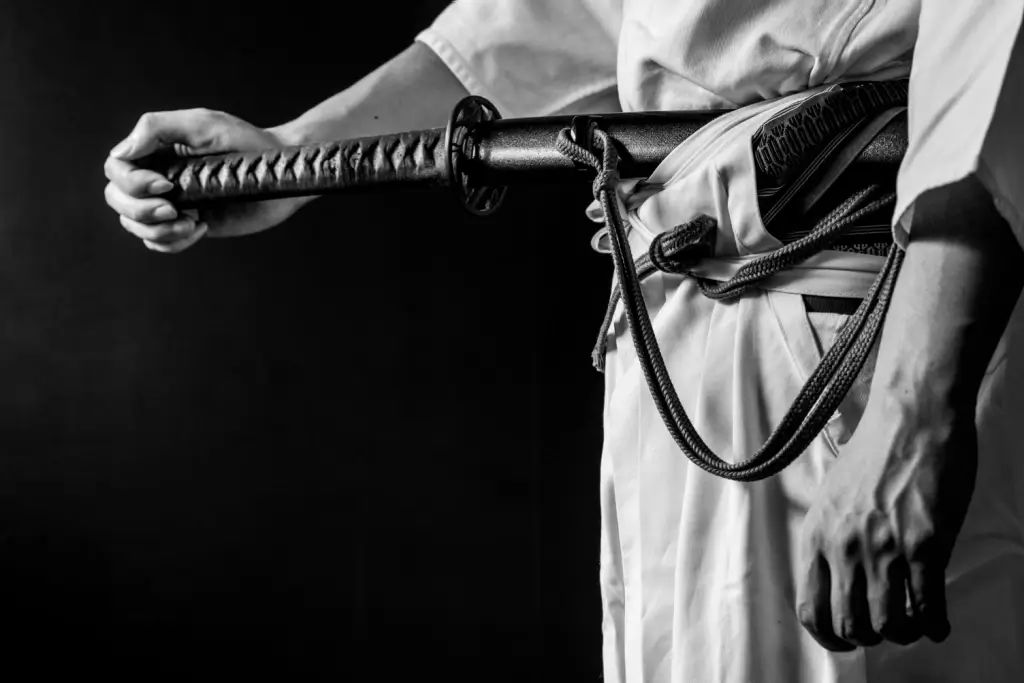
Kiriotoshi
Usually the final blow, this technique is accomplished by striking the centre of the adversary’s cut. It’s a two-in-one move that both parries and attacks.
Nōtō
This move follows the chiburi (the symbolic shaking of blood off the blade). The sword returns to its saya (scabbard) as carefully and gracefully as it left it.
What weapons are used?
Practitioners typically use the blunt iaito, which is made of aluminum-zinc alloy. Some beginners start training with a wooden sword, either the double-edged bokken or single-edged bokutō. To practice cutting, they use the heavier suburitō (swords used for “practice swings”); for sparring, they’ll switch to bamboo shinai (“bend” or “flex”).
However, the type of sword used varies across schools; some teachers will have students start with the bokken or bokutō, while others will give them the iaito straightaway. Only advanced students can use the shinken (sharp-edged sword) in both cases. And some schools either exclusively use shinken or ban them entirely. Regardless, it’s the iaito that’s typically used for demonstrations.
Where can I experience it?
Japan hosts many iaido demonstrations throughout the country. Murayama City’s Hayashizaki Iai-jinja Shrine in Yamagata Prefecture offers two-hour samurai sword-drawing experiences year-round. Itami City is home to the famous Shubukan Dōjō, which teaches kendo and naginata. In Tokyo, the Zen Nihon Toyama Ryu Iaido Renmei annually hosts seminars and tameshigiri (test cutting).
Folks who’d like to study this martial art should contact the All Japan Kendo Federation or Budo Japan and ask about an affiliated foreigner-friendly dojo. The International Iaido Organization HOGYOKUKAI is a good place to start; based in Taito, Tokyo, it offers English-language classes both in person and online. People can also sign up for training with sites such as Viator and ActivityJapan.
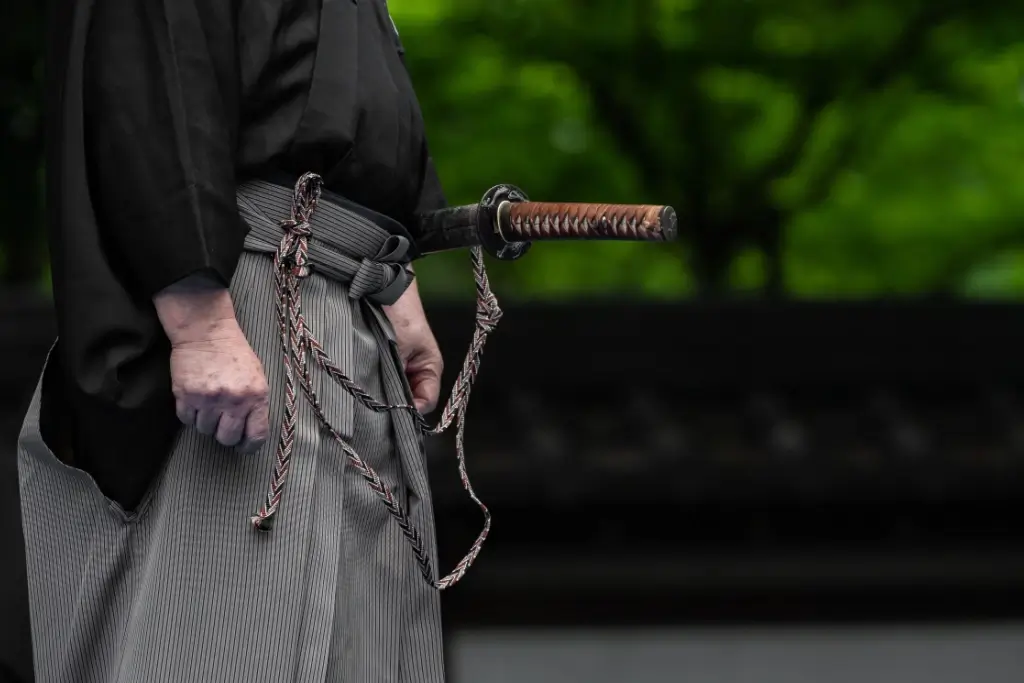
Why is iaido so unique?
This martial art distinguishes itself through appreciating its techniques and cultivating the student’s mind. It teaches students to admire the sword and the skill used to wield it, while always staying present.
When mastering the forms, iaido focuses on solo discipline, though partnerwork can also be undertaken. Finally, it aims to neutralize the opponent without shedding a single drop of blood or compromising the practitioner’s elegance.
Japan has many martial arts, but none as contemplative as iaido. Initially created to train swordsmen, it set itself apart by focusing on training the mind and celebrating the beauty of the kata. From correcting one’s stance to maintaining precision, it prioritizes accuracy over excessive force. It’s a sport that deserves more recognition and appreciation, both within and outside Japan. Have you watched an iaido demonstration before? Tell us in the comments.
Cited Sources
- Iaido-Nord. “Nukitsuke while walking“.
- Classical Martial Arts Research Academy. “Uke-nagashi, Uke-tome, and Uke-Kiri in Tô-jutsu; the Science of the Sword“.
- Shinkanryu Kenpo. “Four Components of Iaido“.


